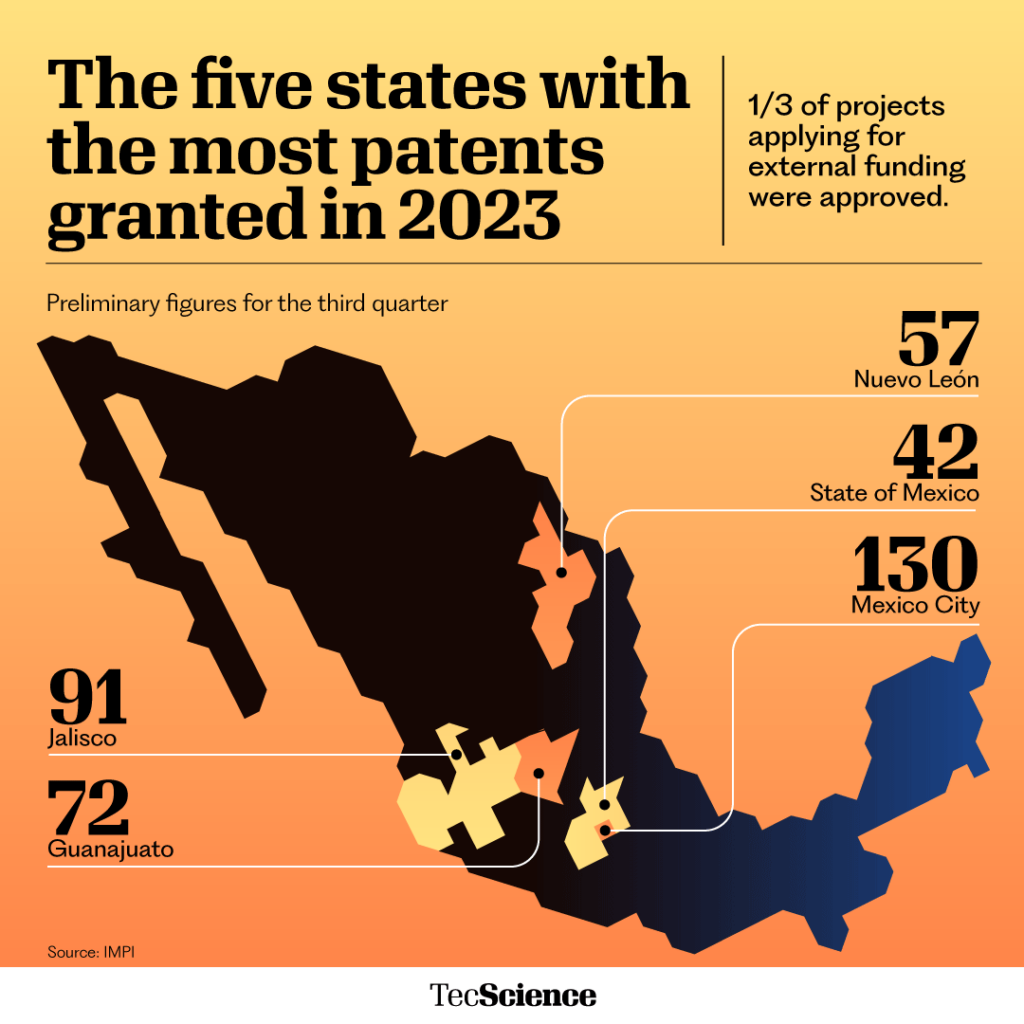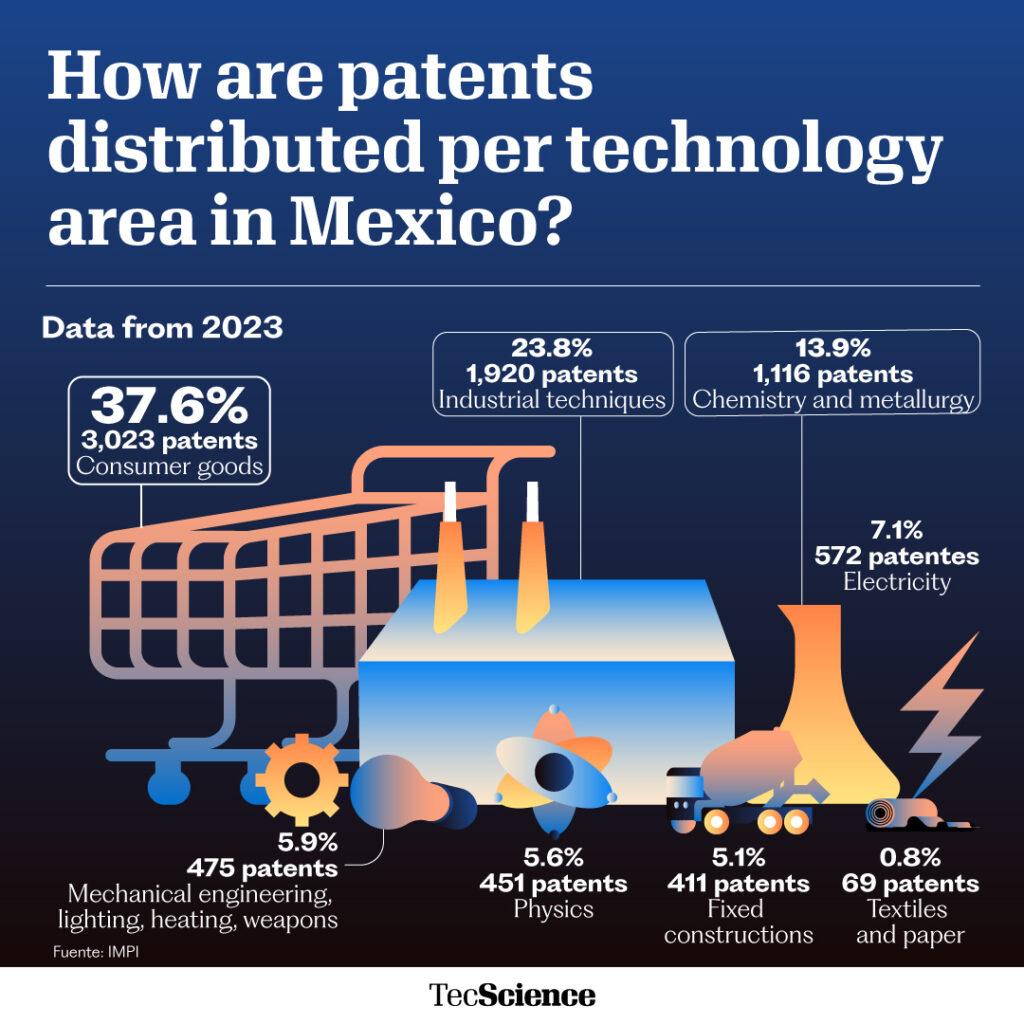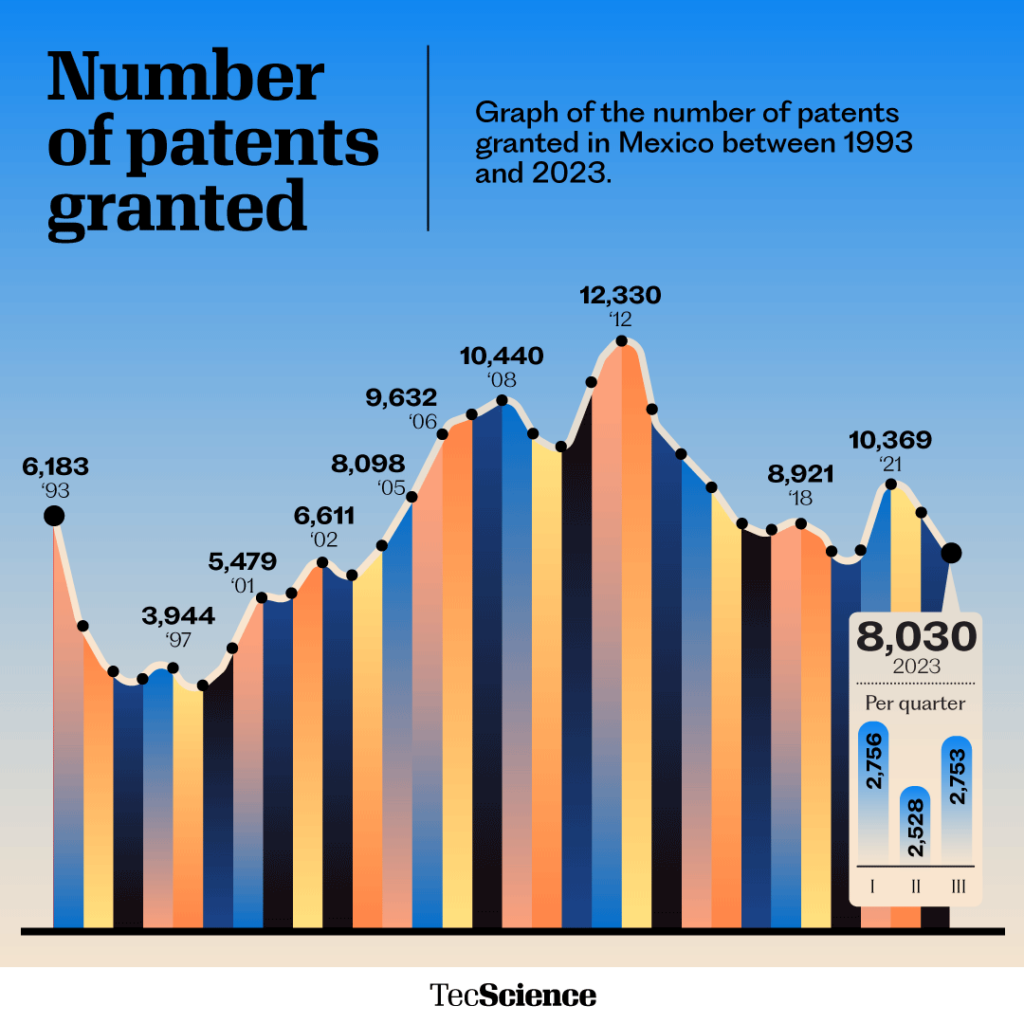Big Leagues of Science- and Technology-Based Entrepreneurship

Jorge Valdez had devoted several years of his life to ophthalmological medical research until, one day, he discovered something with the potential to benefit hundreds of people who are waiting for a cornea transplant.
He knew right away that his idea couldn’t stay on the drawing board; he had to make it a reality.
Valdez, an ophthalmology expert and scientific researcher in Tec de Monterrey’s Health Sciences area, had discovered a way to cultivate cornea cells, which could be used during a transplant to improve the recovery of eye tissue.
This publication became a startup, in which he first had to develop the technology, create a Minimum Viable Product or a prototype, and then start clinical trials to achieve a functional product.
Later, the researcher would face a crucial decision: sell the technology or spin it off into a company to take this solution to market? Valdez took the second path.
Just like him, science- and technology-based entrepreneurs tend to face decisions full of challenges and possibilities if they want to reach the big leagues of this kind of entrepreneurship.
Key aspects of developing a science-based startup include finding resources to finance the company, identifying potential customers, and establishing partnerships, as well as developing clear plans to achieve market objectives and managing business processes such as human resources and accounting.

From startup to business
Jorge Avendaño, Associate Director of Product Development at Tec de Monterrey’s Technology Transfer Office (TTO), says that scientific entrepreneurs have to face the challenges involved in opening a business after taking their research from the drawing board to something as tangible as a product or service.
Avendaño and Joel Cano, Associate Director of Business Development at the TTO, explain that the decisive first step in this process is evaluating the level of business preparation they have.
“We need to see how ready the startup is to become a business, that the technology is ready, correctly protected and patented, and that there’s interest in creating a science and technology based startup,” clarifies Cano.


Success Stories
From the start of his research, Jorge Valdez −who is also the science editor of TecScience− noted the potential of his work to make a difference to people’s lives, which led to him taking the path of science- and research-based entrepreneurship.
“A very interesting part comes after you begin a startup, which is to keep growing, either to perfect your product, get it to market immediately, or even be acquired by a company,” explains Valdez.
When he reached this point, he approached the TTO to work together on forming a startup. That’s where he received expert advice and obtained access to investment and growth.
Some of the initial steps for his newborn company, named Ocular Bio Design, included developing the idea, forming a team, and performing exhaustive testing.
Once a multidisciplinary team of researchers, scientists, and business experts had been assembled, each of these contributed skills and experiences that were fundamental to the research and development stage.
After performing exhaustive testing to perfect his technology and ensure that it met the necessary standards of quality, the clinical and laboratory trials began.
This was also the case for the company Global Nano Additives, founded by Edgar Raygoza while he was studying for a PhD in Engineering Science with a specialization in nanofluids at the Tec.
Although his research goal was to improve the thermal and dielectric properties of industrial additives, he soon discovered that he could apply this to the automotive and aerospace industries.
Raygoza and his team took a chance on scaling the product up and creating a company, passing through incubation and mentoring programs to generate a business model with the TTO.
“We started the prototypes with them and then did the first tests. We also licensed the technology and applied for some funding. Although funding is always an important factor, I believe that the biggest challenge is launching the product on the market; your customers demand a lot from you and you don’t always have a margin of error,” says Raygoza in an interview.
What are the aspects that define the success or failure of a science-based company? What elements require attention to successfully enter the ‘big leagues’ of science- and technology-based entrepreneurship?


Key Aspects of Science- and Technology-Based Entrepreneurship
The main aspects shared by Avendaño, Cano, and −from experience− Valdez and Raygoza include effective leadership, motivated teams and entrepreneurs who are reliable and possess communication skills, as well as skills in different fields.
It’s important that the founding team has scientific experience, as well as business skills and the capacity to manage a growing business.
Having a solid technological foundation is essential to the success of a business, as is taking care of aspects such as obtaining patents and having clear goals to satisfy market needs.
Another key matter is finding the financial resources to make sure the business runs smoothly from its first years to later stages.
Avendaño says it is essential to have several sources of financing, from your own resources and those of friends, acquaintances, and partners to seeking out risk capital investors who invest large sums in businesses and offer flexible possibilities for how the money can be used.
The next step for ensuring the company’s sustainability and future growth is defining and attracting a specific market with enough potential customers, as well as adapting to its demands.
This process also includes space for establishing partnerships with strategic partners, both to access key resources and financing and to find support for manufacturing capacity and sales channels.
“If you as an entrepreneur have the right partnership to manufacture your product, you might not need to open a plant. If that company already has the capacity to set up a production line, you can instead have them manufacture your product. Or if someone is already selling something similar, they could be your partner and do something as simple as adding a new product to what they’re already selling,” explains Avendaño.
Once you’ve set your company up, you should consider internal processes that are essential to its smooth running, such as accounting, human resources, and purchasing. Avendaño recommends having specialists in these areas to avoid distractions, both for those who run the company and for those who improve the technology.
Finally, the specialists agree that it is necessary to have defined and achievable plans for entering the market and to define short-, medium- and long-term objectives for mapping a route that leads to business success.
“It’s impossible to predict the future. We couldn’t say which direction your company will take or what it will look like in the future. However, if you have a business plan and a route for growth, you can work on finding customers, income, and even scientific research funding, and keep building a science- and technology-based company,” concludes Cano.





